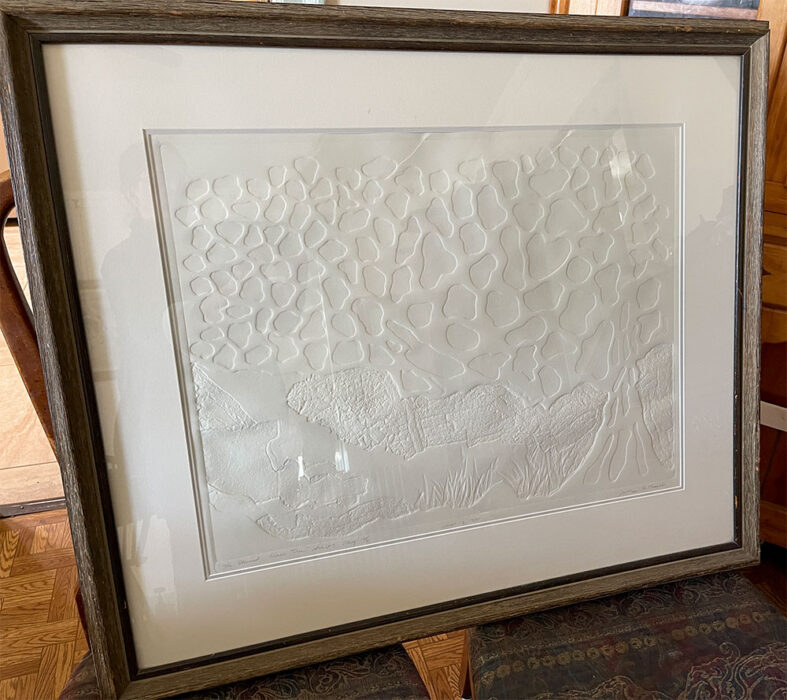
An archival framing project from 38 years ago reappeared at my door recently.
In 1984 I made an edition of embossed prints titled The Stained Glass Tree. One copy, framed here at Chandler Designs, was owned by a friend who kept it on display in their home. In 2019 they passed away, and the work was returned to me. This is a rare opportunity to see a piece that was displayed for decades, and how it held up over time.

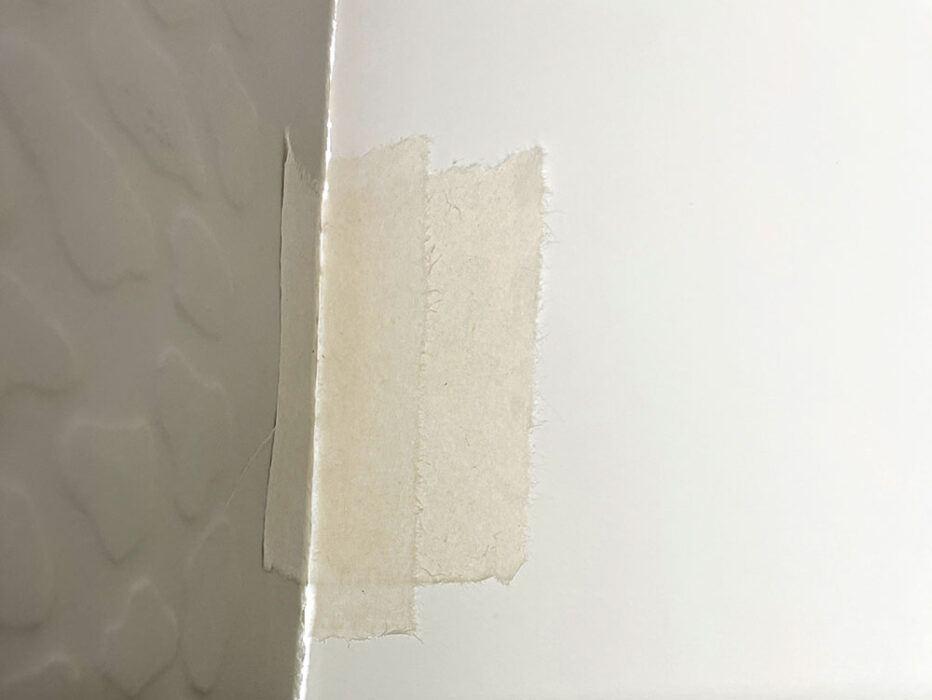
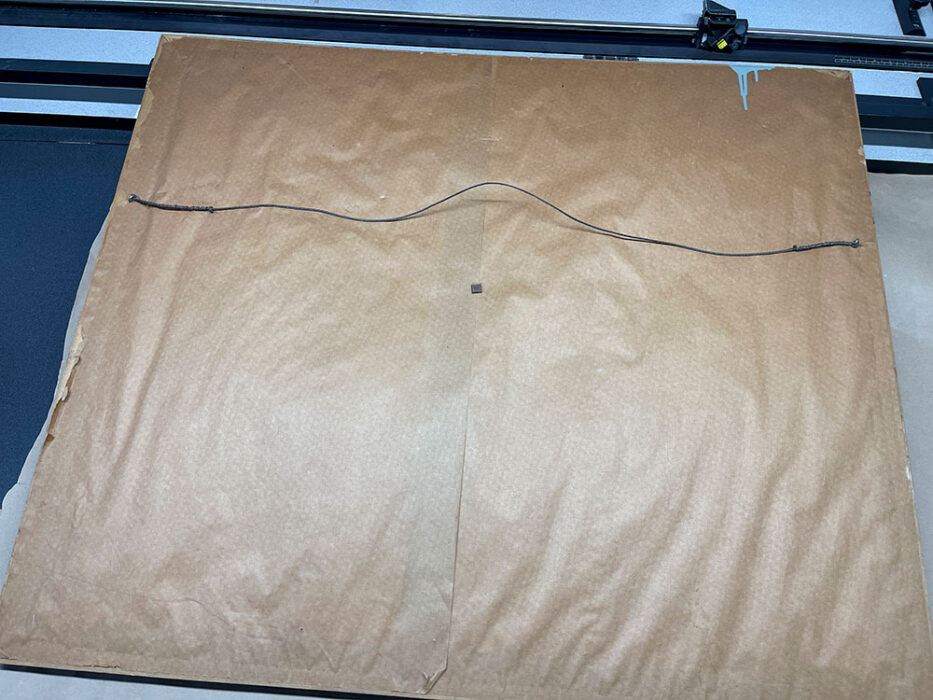
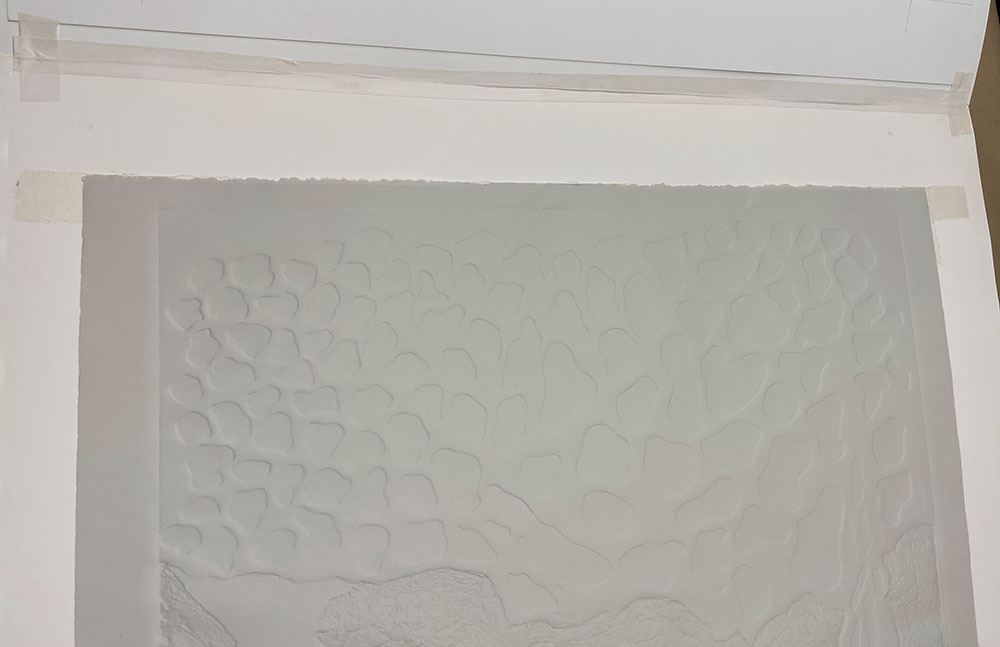
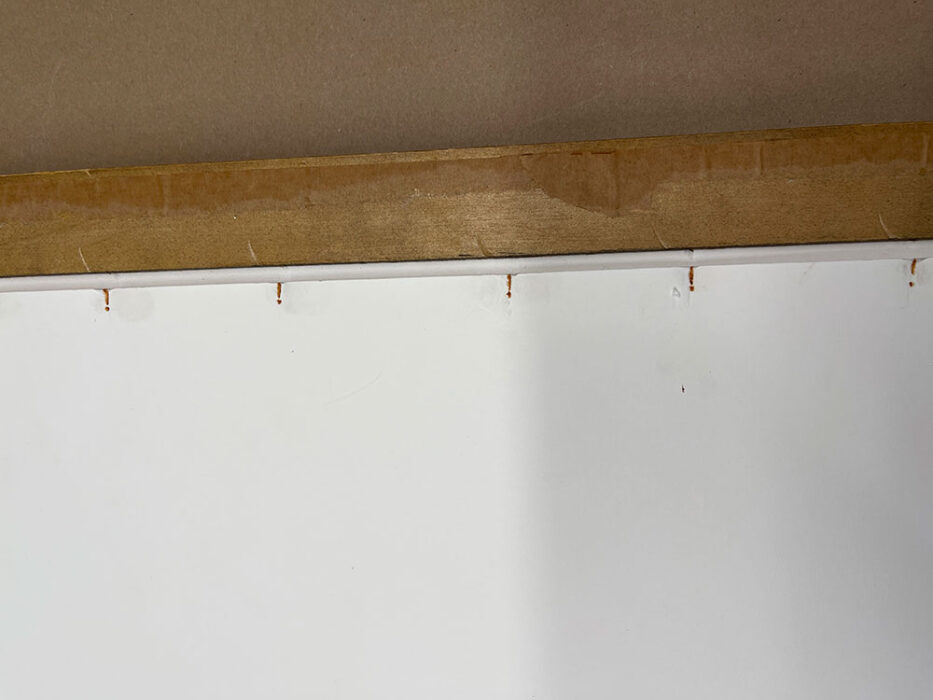

This print was in the home of a cigarette smoker. After almost 38 years of exposure, the proper sealing with archival materials kept the artwork free of smoke damage.
The images of the print show (top center) the original backing intact, (top right) staining left by the old school framing nails (we use rust proof ones these days). Second row show the archival mulberry paper and wheat paste hinges still intact, on the right the work is put back into the frame, and sealed with new backing paper.
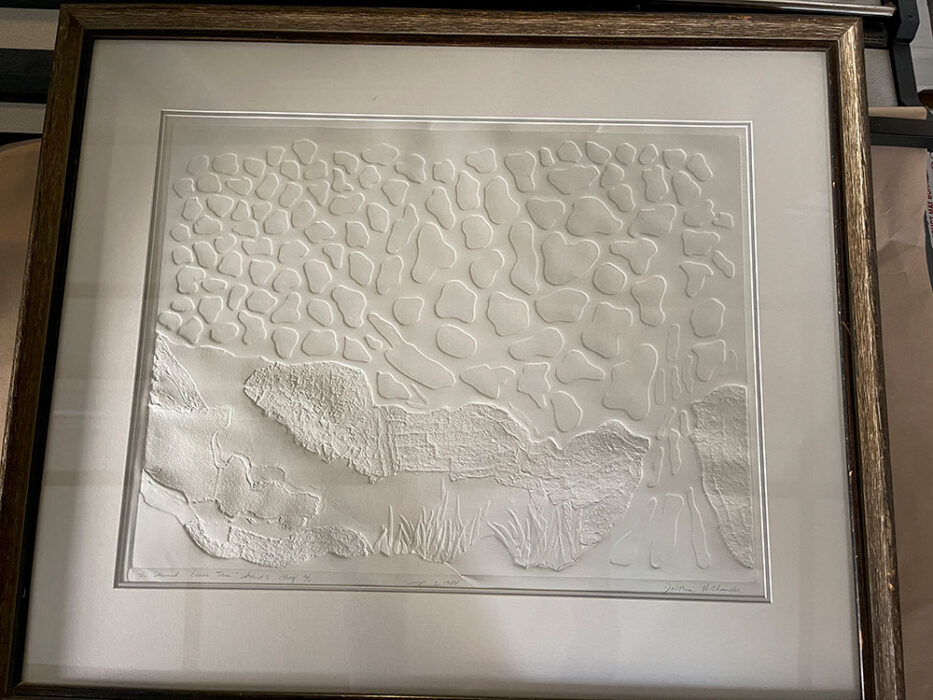
With archival framing, The Stained Glass Tree is ready for the next 38 years of display.
Consider these archival framing details.
Mat board content matters. PH Neutral materials will not add harmful chemicals to the framing package. 100% cotton rag board is by definition ph neutral and safe for most works on paper. However there’re buffered and unbuffered versions for finer differences in framing requirements.
Museum glass provides the best UV protection. UV light causes increased fading of pigments, and the breakdown of paper fibers.
We use mats or spacers between the glass and art to avoid moisture collecting on the surface of the art. Art framed against glass is a cause of image transfer to the glass, often seen when photographs are taken out of old framing packages.

